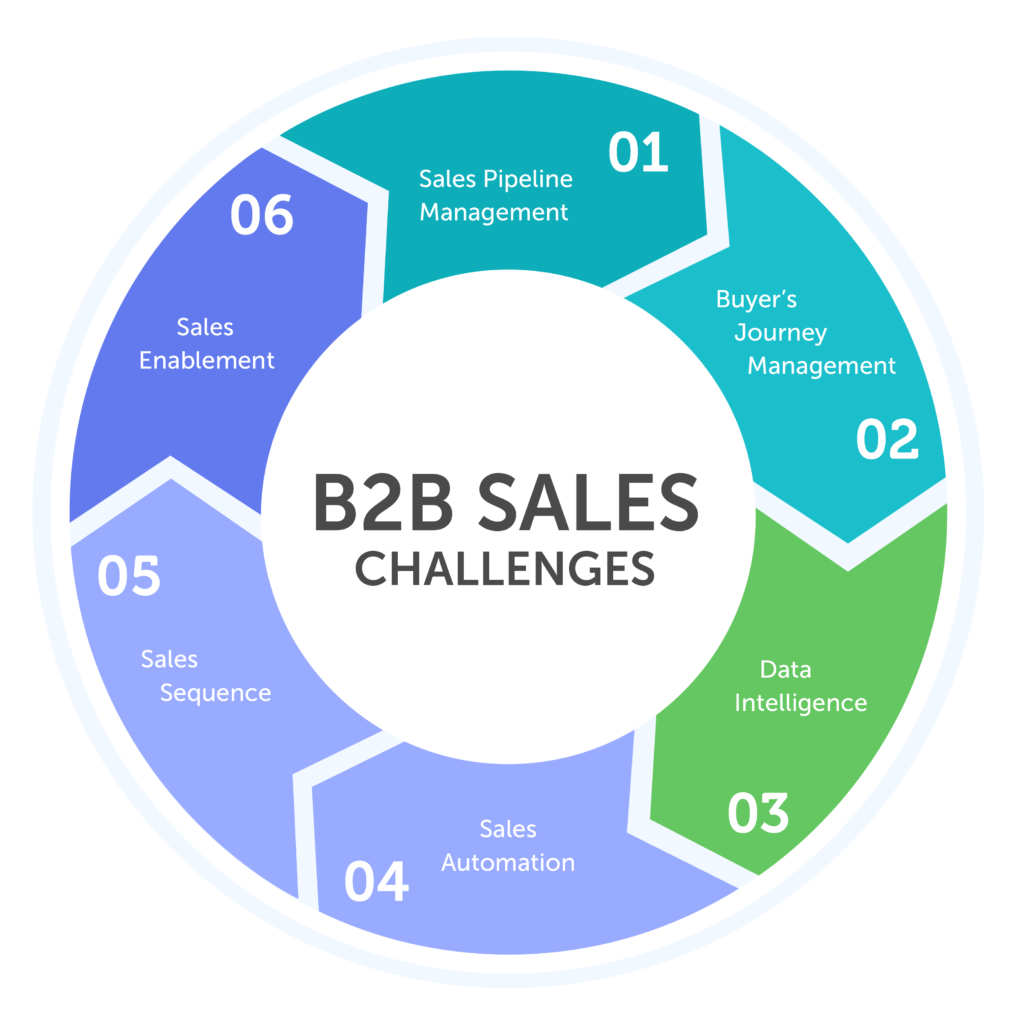Everyone benefits from attending webinars or at least watching the webinar recap, right? Especially, if the experts hosting the webinar are addressing the issue that your business is facing.
Research by American Marketing Association states that 60% of marketers include webinars in their marketing strategy. A survey by Curata also backs the importance of webinars where 79% of buyers are ready to share their contact details in exchange for webinar access.
Yet, all the sales-ready leads don’t rush in the next second that you plan to host a webinar. Marketers need to be proactive in their approach to generating leads and sign-ups.
Here are the ten best tips to generate leads from the webinars and to ensure that you don’t miss out on the ROI for the webinar work you put in.
1. Choose a Topic that Pulls In the Audience
Marketers and sales leaders often conduct webinars on general topics to gain more registrants. You will find a ton of webinars on topics like cold calling strategies, email marketing tips, B2B lead generation, and the list goes on. So, conducting a webinar on these high-level topics will not grab the audience since the technique has oversaturated the market.
Prospects understand their specific need and need a solution or experts that put their challenges under the microscope. So, you need to dive deeper and come up with micro-level topics. Educate the participants about your niche expertise.
For instance:
Instead of playing a broken record of cold calling or emailing tips, be specific. Talk about how data intelligence can replace a cold approach with a warm approach. Share how sales sequencing has changed cold calling and emailing. Explain how marketing automation can boost the sales process. These types of topics can attract and engage prospects to learn something new. More engagement, the higher the chances of generating a lead post-webinar. So, choose the webinar topic wisely.
2. Make the 60 Minutes Valuable
All great content has a compelling hook that keeps the prospects engaged. It’s no different with webinars. Take a storytelling approach at the start of your webinar to get the audience involved. Create a story that contributes to the value you are about to deliver in the next 60 minutes.
You may have a lot of knowledge, energy, and a voice that should be on the radio. However, nobody wants a one-way communication or straight pitching for an hour. Try splitting the webinar with brief Q&A sessions and polls to get the crowd engaged. Take Q&A sessions with two or three questions after each subtopic you have completed.
3. Co-Host With a Partner
Look for the partners who are ready to co-host the webinar. You should co-host for two reasons:
- Two experienced professionals bring in more value and knowledge to share.
- You and your partner gain more audience reach to generate more leads.
However, while approaching the partner, make sure your webinar partner shares a relevant audience with your company and delivers complementary products or services instead of being a direct competitor or completely unrelated.
To optimize the potential of the lead generation of the webinar, you need to co-market the event to your respective email lists.
4. Create An Engaging Landing Page
Next comes the landing page.
Why should you focus on the landing page? One simple answer, this is what will convert your prospects into attendees and attendees into buyers. The smoother your landing page is, the better the opportunities you’ve had to convince the viewers to sign up for the webinar.
The only aim of this registration landing page is to get prospective participants to sign up. Make it easy for them to submit with a short form, such as only their name and email address.
Keep these quick tips in mind
- Highlight the ‘What is in it for me’ Section: Don’t think of giving surprises to your audience. Convey the value of attending your webinar upfront. Convincingly explain to them what they would miss if they don’t register.
- Keep the Submission Form Minimal: Avoid adding too many fields to your form. Make the submissions as smooth as possible. You can always use a data provider to append the contact date later.
- Introduce the Host and the Speaker: Highlight the profile of the speaker. Also, highlight how they make the webinar more exciting with their knowledge, experience, research, and personality.
5. Include a Success Story
Tell a success story of a company that has faced the same issue.
Marketing storytelling is a powerful way to grab the attention of your target audience—as long as you can share an interesting story. No rambling allowed.
Tell a story about a company you’ve been involved with that faced this challenge. Later, you let them know that the story you just shared with them is one of your customers. Remember, don’t tell them at the start without getting the audience involved.
Encourage the participants to guess how the company got the solution for their challenge. What strategies did they use, and how did they use them to overcome their challenge?
Take a pause. Let them think. Let them try their best to guess the solution. Let it all sink in and then pitch the solution and then tell them it was one of your clients and explain how you helped them overcome their challenge.
This will boost your credibility without being pushy.
6. Promote Your Webinar Using Data-Driven Email Marketing
Before the webinar day comes, you have to promote the webinar and get the word out. The more you promote, the more form submissions, and ultimately more opportunities to generate leads from webinars. To achieve a packed webinar, use data-driven email marketing.
Take a list of email subscribers that fit your ideal customer profile (ICP) for the webinar. Consider the subject you’re covering and the work names, industries, and job functions that this theme would address. Then create an email cadence and campaign to submit to this same list of people.
If you lack a data provider to help expand your reach, SalesIntel has millions of B2B contact and company data that you easily pull from based on technographic and firmographic data.
7. Lead Scoring
Webinar data provides useful data on the status of the leads. Set up a webinar-focused lead scoring model to do the groundwork for lead qualification before sharing it with the sales team.
When setting parameters for webinar leads, take into account the following determinants:
- Behavioral evidence shows the degree of participation and interest in the subject. Behavioral data consists of length, history, Q&A, reviews, content installation, and social media interaction.
- Registration data contains registration data and required information such as work description, departments, company scale, sector.
- Miscellaneous data covers firmographic data, technographic data, intent based leads, and purchase history.
SalesIntel gives you access to the b2b firmographic data, technographic as well as intent data on your participants. This will help you identify the best fit leads based on your ideal customer profile.
8. Giveaways
After the webinar, you need to make sure the audience is happy. Give free content updates, such as downloading ebooks or offering discounts on your product or service. These can only be granted to those who have completed the session.
Giveaways are also useful in marketing the webinar beforehand. You should speak about them in the promotions to recruit more prospects and get them to register and join. Send a follow-up letter to all registrants with a contact form for the event giveaway and recap.
9. Make Your Webinar Accessible On-Demand
Every content piece or webinar becomes an asset for you. People will be interested in your webinar or will register for your webinar, but how many of them will be able to attend live?
You should post the captured video to those who want to see it again or for those who have skipped it entirely. Then, you can add it to your content library.
Many webinar audiences are searching for content such as eBooks, webinars, case studies, etc. that they can enjoy on-demand. While participation is a vital part of the webinar performance, audiences can still enjoy webinars after the live event. You can leave a recording of your webinar for other people to access so that you never lose an opportunity to generate a lead.
10. Provide Relevant Content Post-Webinar
Understand the challenges of your participants based on feedback from live Q&As, content engagement, and polls to produce new content that reflects prospects’ interest. Remember you don’t need to create fresh content. Consider repurposing what you have.
For instance, based on the webinar Q&A, you came to know that a specific set of participants faced issues with getting a specific part of their sales process right. You can combine the webinars or content pieces into an eBook that can help participants boost the sales process. You can also convert your webinars and content pieces into an infographic and share it with the participants. Promote this focused content through emails to nurture them through the sales education process.
Final Thoughts
Webinars are a tried-and-tested marketing strategy, proven to generate new sales leads. But—only if they are executed well. Besides the points mentioned above, don’t forget to keep reminding your audience of your upcoming webinars.
Have a webinar around the corner? Start collecting and reaching your ICPs using SalesIntel.






